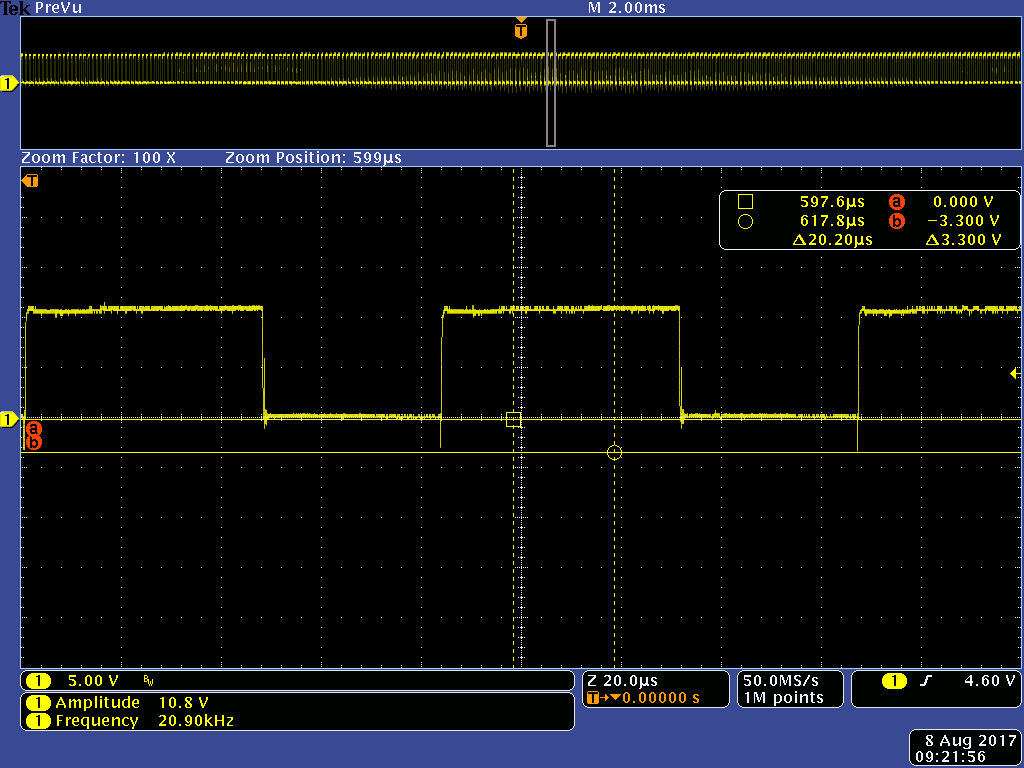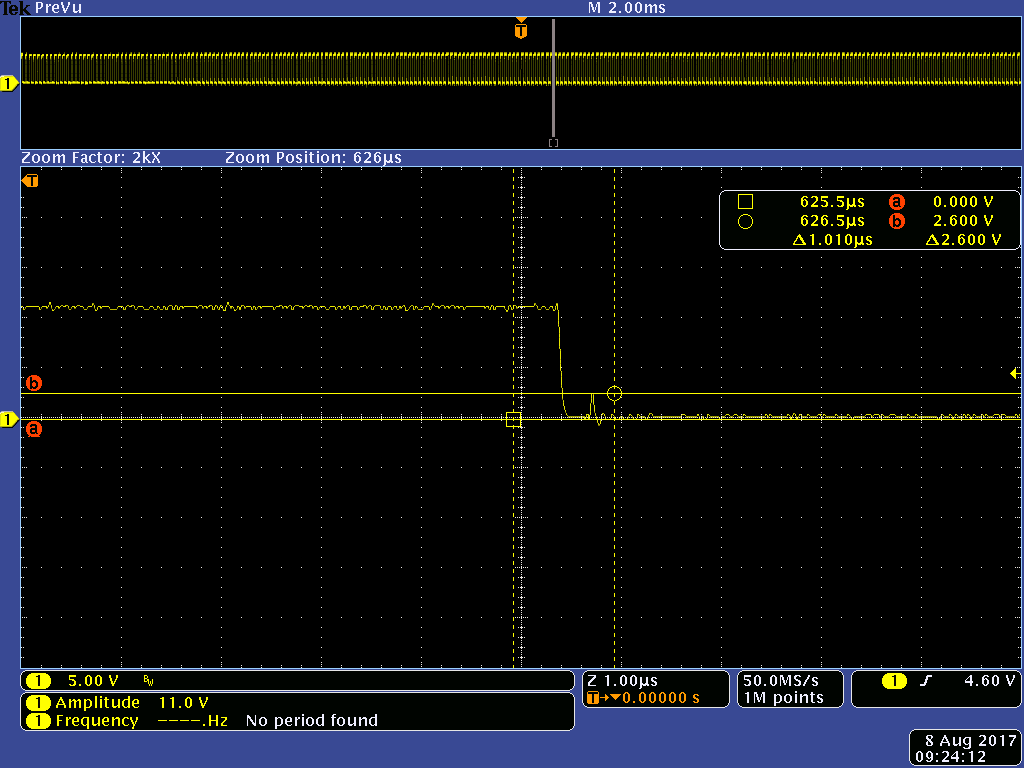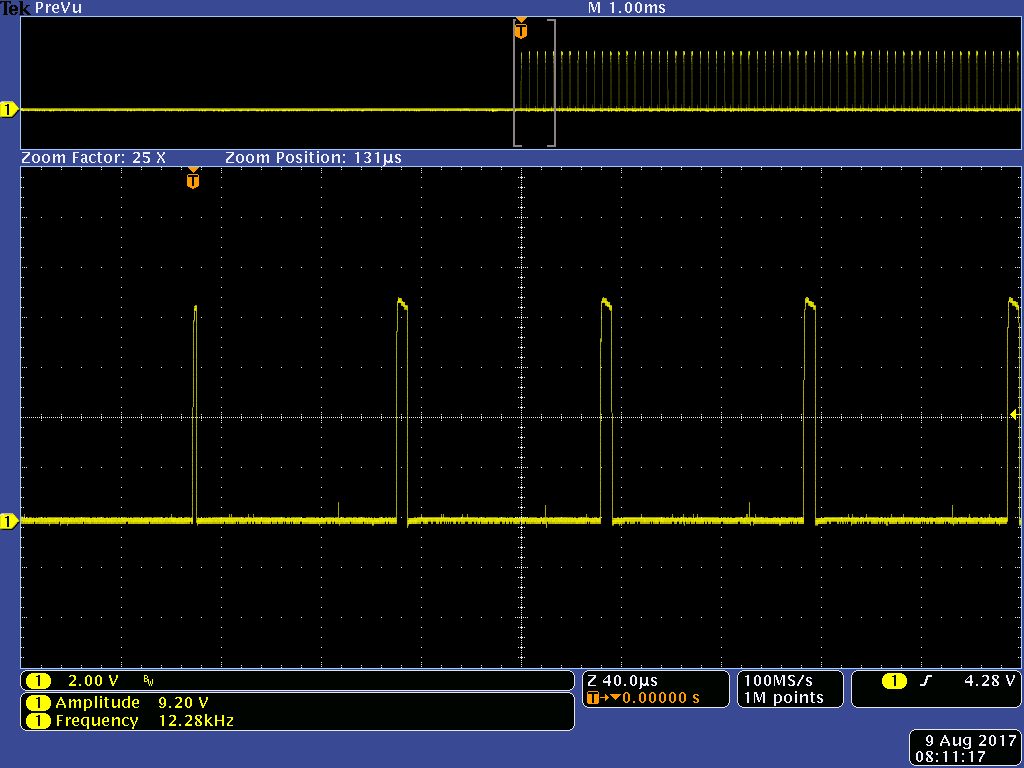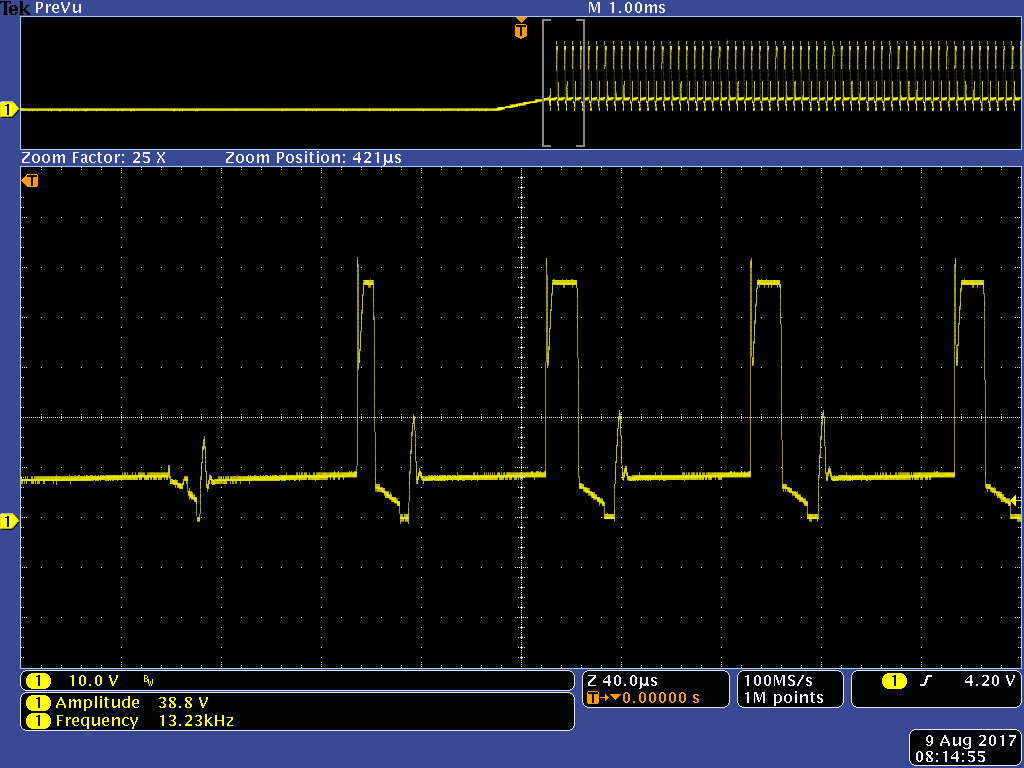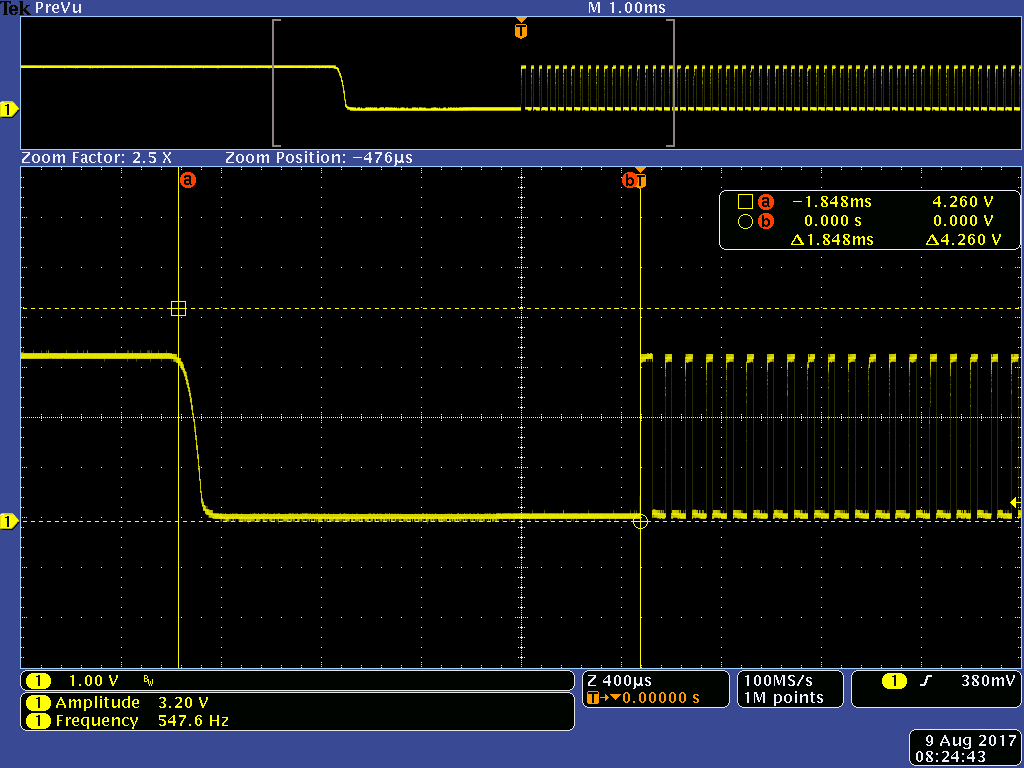Hi, we have this drv8302 driver chip in hundreds of industrial applications used with <1hp motors. On occasion a customer will experience problems and return a drive. A quick measurement of the MOSFETs on the driver stage shows that they are blown, shorted drain to source. The problem seems to occur after a quick motor motion with a high acceleration to high speed then stops quickly typical during initial drive setup and tuning adjustment.
We were able to experience the same failure at our desk. The motor jumped quickly due to tuning and executing a motion and the FET were blown as well as taking out our 48V, 10A switching power supply. I cannot tell if the driver chip is damaged as it is difficult to replace the FETs. In this instance we did not have any voltage clap device on the power supply for protection. Under normal use case these power supplies work fine. Occasionally the motor regen energy will fault the supply but it will come back on after some time. Our bridge design has flyback diodes (ST STPS1H100AF) across each FET. They can handle 100V, and 50A surge for 10ms, and 10A RMS.
Our design uses: 5 Ohm resistor on gate, and 0.005 Ohm shunt resistor (we allow 20A max). Have 2 390uF bulk caps on Vbus (PVDD).
FETs are NXP P/N: PSMN011-80YS, ratings: VDS=80V, Id=67A, P=117W, drain-source avalanche energy 121mJ, Vgs min -20V, max 20V
How can I pin down the root cause of the FET failure? Could there be a cause from the DRV8302?
Here are my thoughts on possible causes. Please comment on if they are likely to happen or not:
- Voltage supply spike above 80V exceeding VDS max of FET.
- The dv/dt of the motor exceeds the avalanche ruggedness of the MOSFET.
- From TI BLOG..."Switch-node ringing occurs due to high dV/dt (slew rates)...This ringing can cause the switch-node voltage to drop below ground or rise above the supply, often violating specifications of the gate driver or power MOSFETs and thus leading to catastrophic breakdowns." Figure 2 shows a -4V ringing example. This MOSFET is rated for -20V so its hard to imagine this is being exceeded.
- Crosstalk on signals, PWM? Gate?
- Driver chip violating deadtime?
- Power supply dv/dt too fast for driver chip? Datasheet states "Maximum supply voltage ramp rate" is 1V/us. With all the capacitance I would not think this would be exceeded.
Any help would be appreciated. Thanks.


